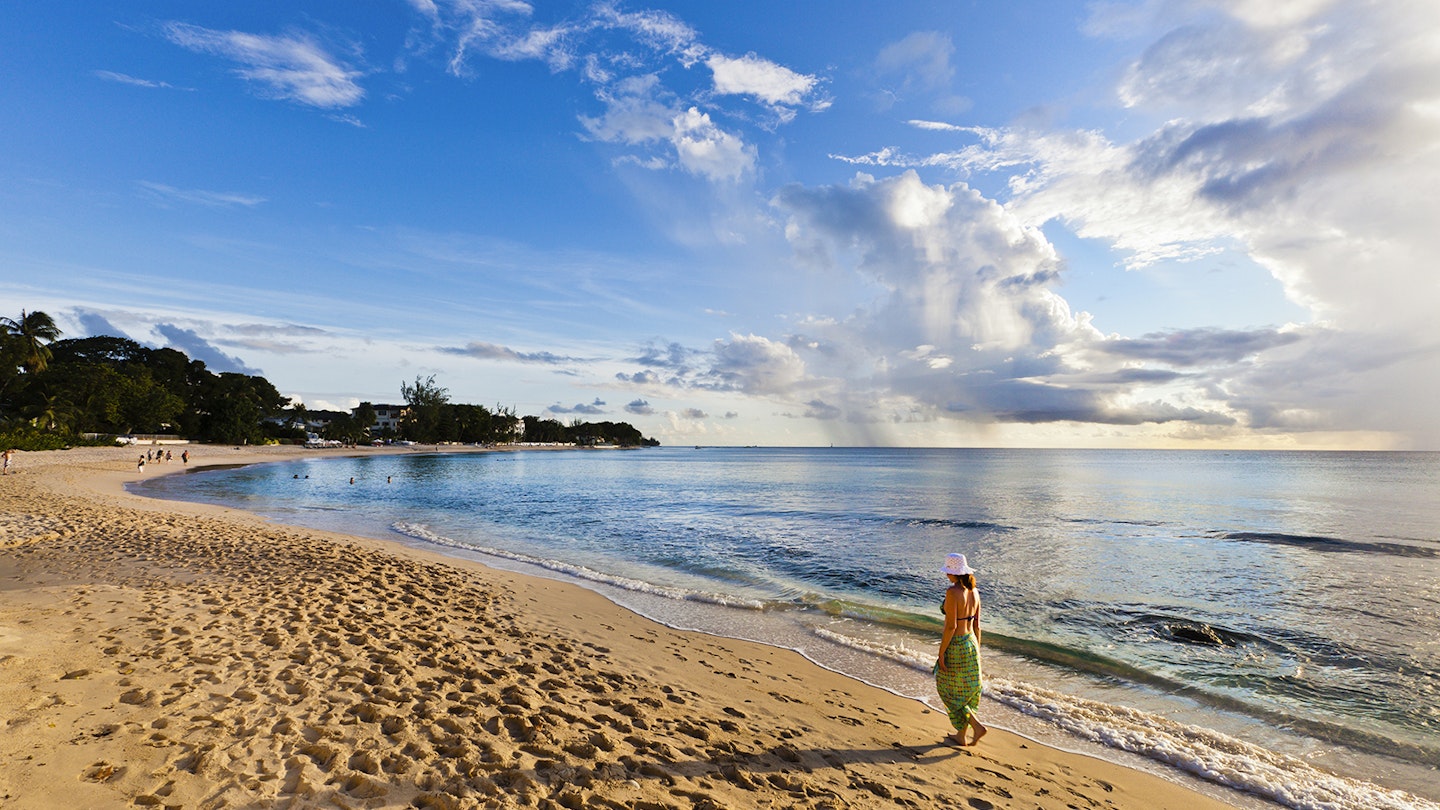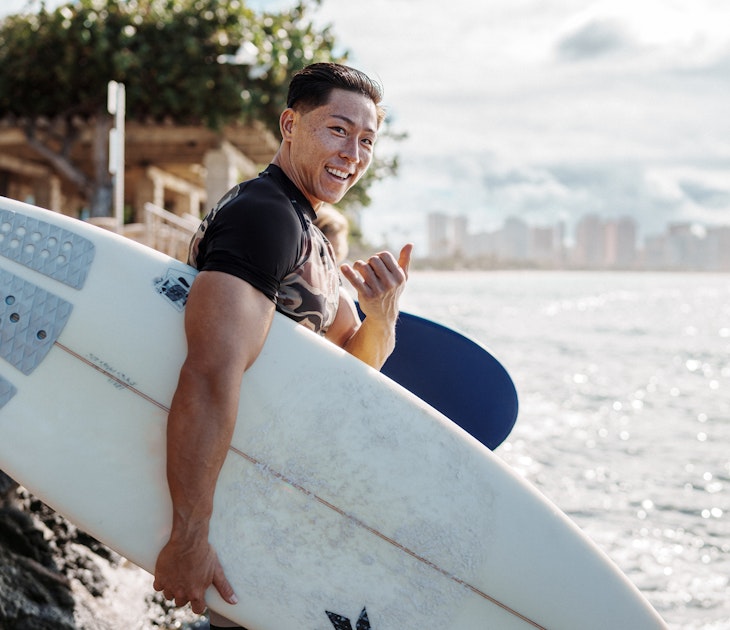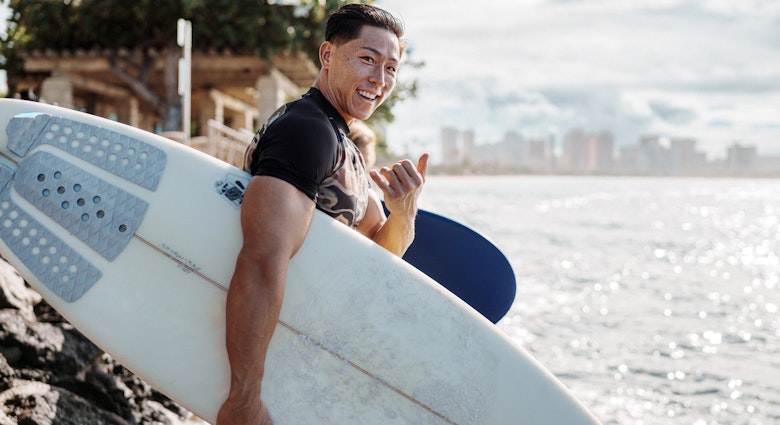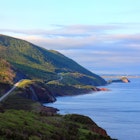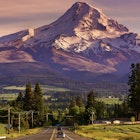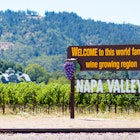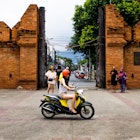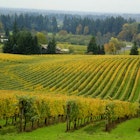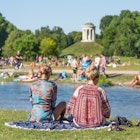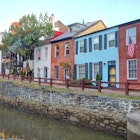Lounging beachside with a frosty cocktail is a Caribbean essential, but there are lots of adventurous alternatives if you want to get active. Down toward the southern end of the chain, Barbados offers wonderful watersports and scenic coastal hiking, Grenada comes tops for wreck dives and easy-access waterfalls, and while nudging Venezuela, Trinidad is the king of outdoor pursuits, with pristine waterfalls, wild wetlands and untamed rainforest where you can hike without seeing a soul.
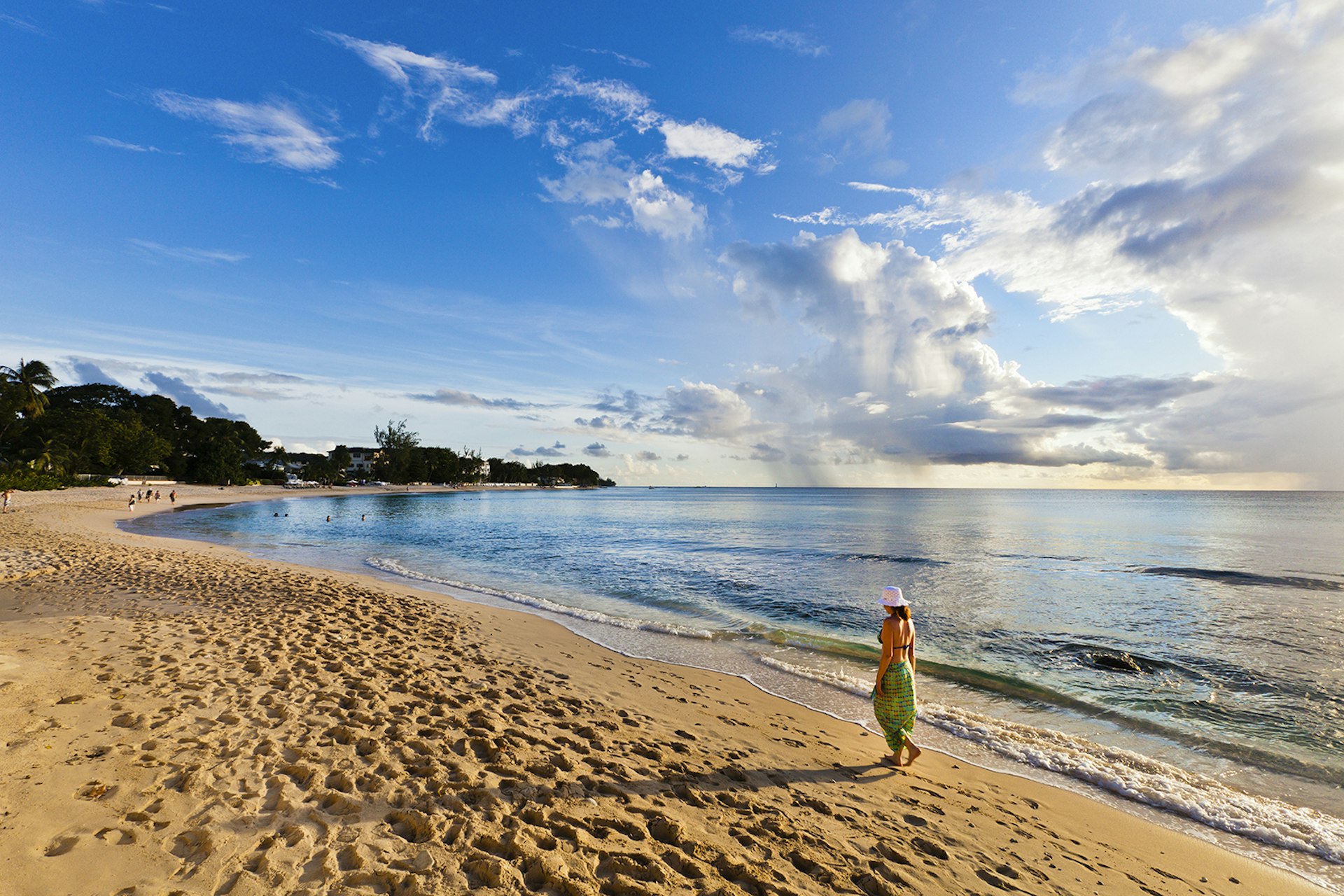
Barbados
Above water
At the string of glittering west-coast beaches (Payne’s Bay is one of the best), operators offer all the conventional watersports, from kayaking and paddle-boarding to waterskiing and jet-ski rides for the speed freaks. Head over to the windy east coast where you can surf big Atlantic breaks at the Soup Bowl, just off rocky Bathsheba Beach; the coastline here offers some wonderfully windswept walks, too. There are more surf breaks on Barbados’ south coast, which also offers up an adrenaline rush by way of windsurfing and kitesurfing at Silver Sands.
Under water
The crystal-clear waters here offer excellent snorkeling and scuba diving; there are several wreck dives, and resplendent reefs at the Shark Bank, Maycocks Bay and Bell Buoy dive sites. At Holetown’s Folkestone Marine Park, you can kick off from the sand to snorkel the inshore reef, or dive deeper to indulge in underwater acrobatics with the turtles that frequent the waters; swimming with Folkestone’s turtles is a stock stop-off on Barbados’ many catamaran tours.
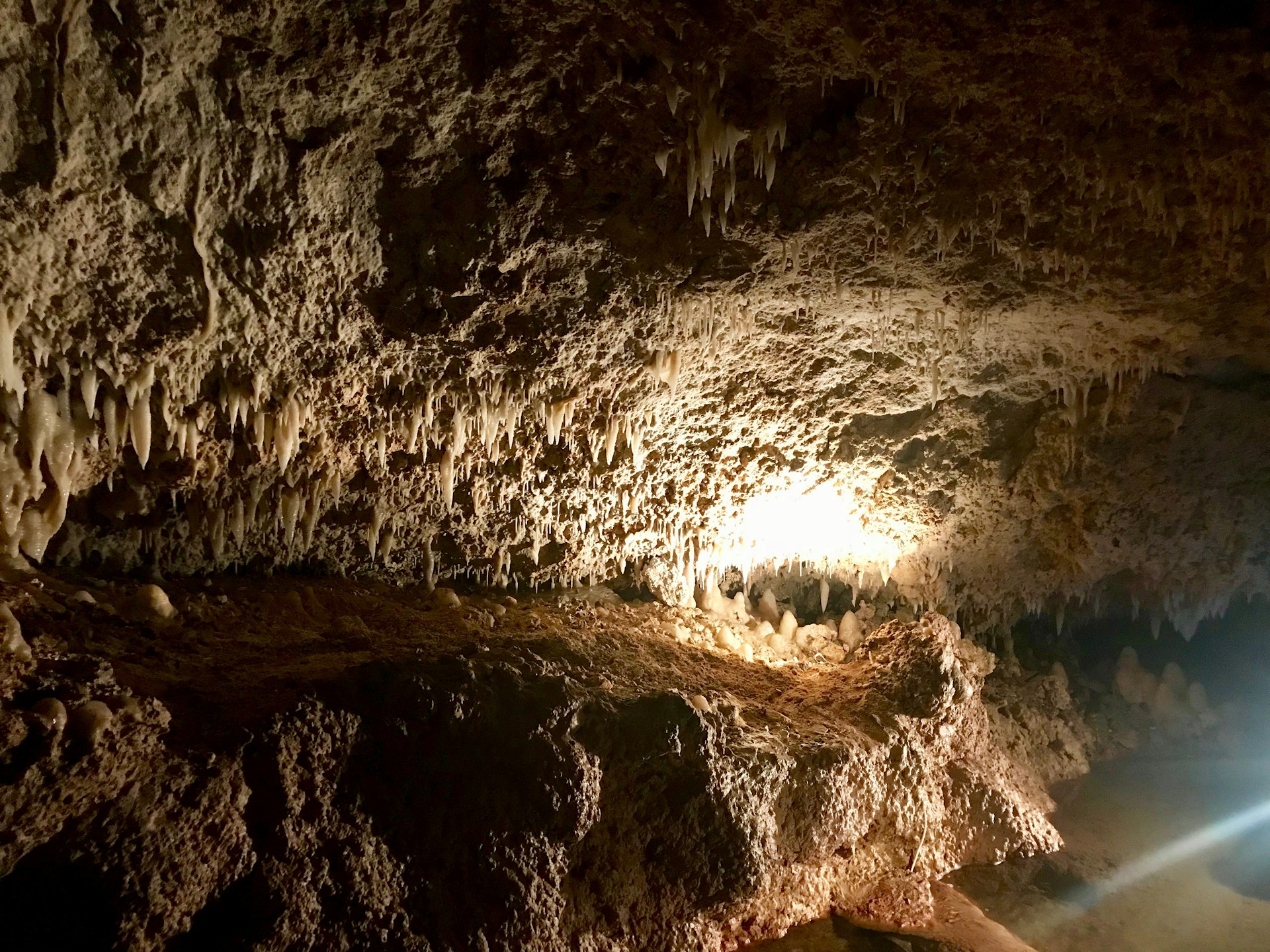
On land
On Sunday mornings, haul yourself out of bed early to link up with the Barbados National Trust or Hike Barbados, which offer donation-only guided hikes through some of the island’s prettiest corners; see Barbados’s official website for an online schedule of walks. For a gentler stroll, explore the National Trust’s Welchman Hall Gully in hilly St Thomas parish, where a path wreathes through a canyon thick with mossy rainforest and green monkeys cluster at a feeding station. Close by, at Harrison’s Cave, bypass the sedentary tram tour to don a helmet and knee-pads for an eco-adventure which includes a trek along the nature trails outside and a walk (and sometimes crawl) through narrow caverns covered in stalactites and stalagmites.
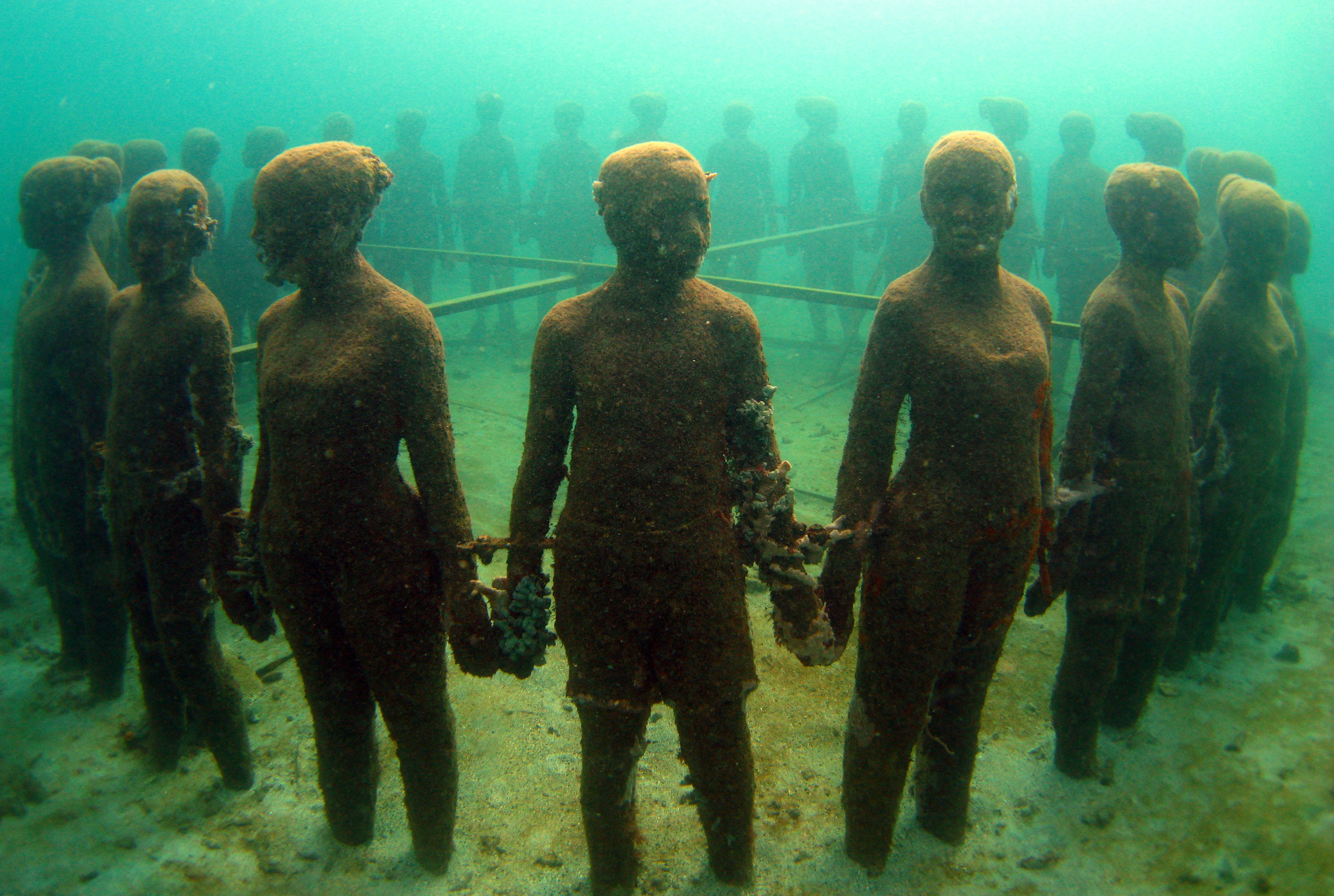
Grenada
Under water
With a sweep of powdery sand lapped by clear blue water, Grenada’s flagship beach is Grand Anse. There’s no offshore reef here, but you can rent snorkel gear from Dive Grenada and Aquanauts to see shoals of colorful fish. Both are also good bets for scuba – Grenada is known for its wreck dives. The fifteen-odd sites off the southwest coast include Bianca C, a 180-m cruise liner that sank in 1961 and now provides a home for hordes of moray eels and barracuda. Another popular site for dive and snorkel excursions is the ethereal Underwater Sculpture Park at Molinière Bay, where a series of concrete sculptures have been beautifully encrusted by coral growth since installation in 2006; most stunning is the Vicissitudes circle of figures holding hands.
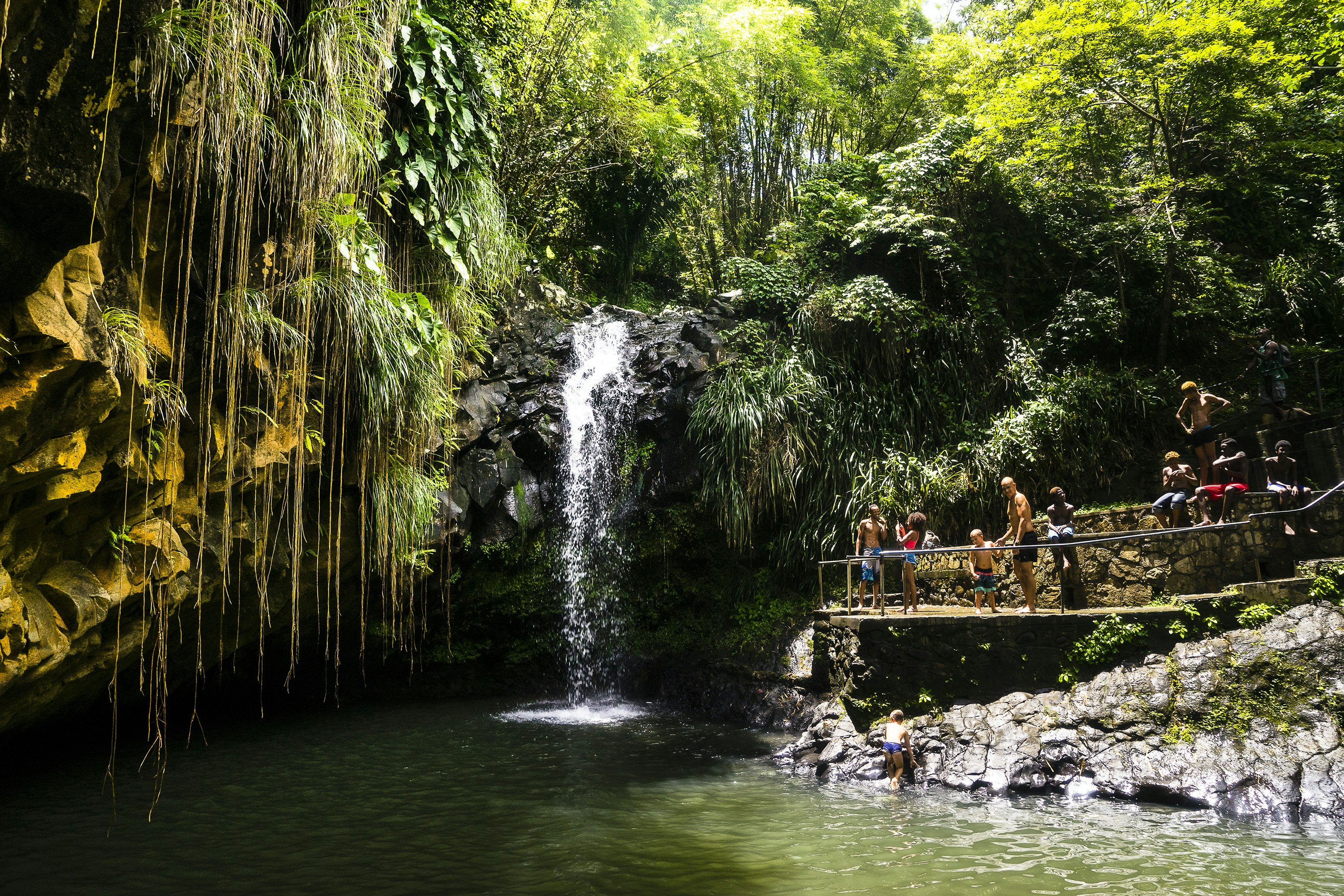
Above water
Cascading down from the interior hills, Grenada’s waterfalls offer lovely freshwater swimming. Annandale, off the rainforest-lined Grand Etang Road, is a well-visited spot, with a concrete platform over the water, changing facilities and an entrance fee. Concord Falls, off the west-coast road near Gouyave, is a little less visited, with another greenery-swathed pool. You can also go tubing down the Balthazar River with Adventure Tours Grenada; trips are often twinned with a jeep tour that stops at Annandale.
Grenada Seafaris offer a more adrenalin-charged journey to Molinière by way of a powerboat trip and guided snorkel. Over on the south coast, Conservation Kayak offer quiet paddles around Woburn Bay, exploring mangroves and secluded beaches, and with a picnic lunch on the sand.
On land
Up into the hills from the capital, St George’s, Grand Etang National Park is named for its placid crater lake, with an easy 1.5-hour loop trail around the shoreline. The park’s Visitor Center has information on the hiking trails which strike out from here, ranging from a fifteen-minute stroll to Morne La Baye to a three-hour trek up to the peak of Mount Qua Qua. For more challenging options, hit up Tropical Adventures, whose offerings include a seven-hour trek from Grand Etang to Concord Waterfall, and a hike to Grenada’s highest point, the 840-m Mount St Catherine.
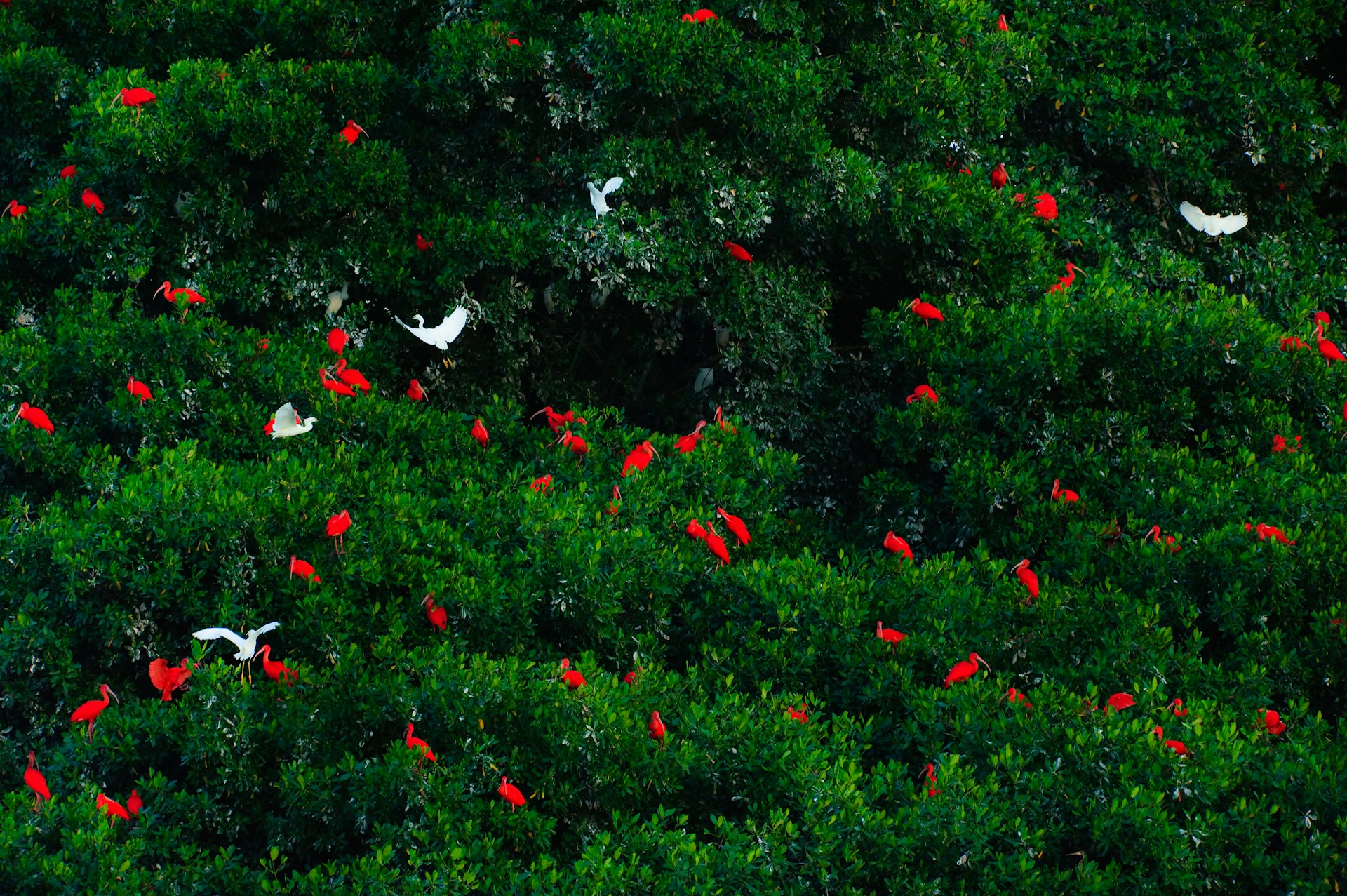
Trinidad
Above water
Out on the coast you won’t find banana boats and jet-skis whizzing through Trinidad’s green Atlantic waters, but you can kayak in calm Williams Bay and out to the Bocas Islands from the Kayak Centre in Chaguaramas (where you can also zipline above Macqueripe Beach), or take a slow paddle through the winding mangrove channels of west-coast Caroni Bird Sanctuary, where flocks of scarlet ibis light up the trees like Christmas baubles as they swoop in to roost each evening. Nariva Swamp, on the east coast, promises peaceful kayaking through a wetland wonderland; you’ll hear troops of howler and capuchin monkeys in the surrounding Bush Bush wildlife sanctuary, but only the very lucky will get a glimpse of Nariva’s few West Indian manatees. If you’re looking to catch some waves, Trinidad’s rather underground north-coast surf scene is concentrated around Sans Souci and Blanchisseuse.
Inland, Trinidad’s multitude of glorious waterfalls means you’re likely to have the best spots all to yourself – floating in cool, clear sunshine-dappled pools surrounded by a riot of tropical green is an unforgettable experience. Near the northeast coast, one of the loveliest spots is Rio Seco, a deep blue pool fed by a smooth, wide cascade; further west, the GRNTGA community tour group offer hikes to waterfalls and swimming holes on the Shark River (there are no sharks) from Grande Riviere, where you can also watch giant leatherback turtles (up to 500 a night) lay their eggs on the village beach.
Under water
Thanks to the sediment-filled Orinoco riverflow, which pours into the Gulf of Paria from northeast Venezuela, Trinidad is a ‘greenwater’ dive destination, and underwater visibility can be minimal. But the nutrient-rich waters do attract lots of fish, from barracuda to hammerhead sharks, and there’s plenty of coral and sponge growth at the main dive sites around the Bocas islands of Gaspar Grande, Monos, Huevos and Chacachacare; Rick’s Dive World in Chaguaramas offer regular excursions. There’s no snorkel rental in Trinidad, but with your own gear, you can see small clumps of coral, schools of fish and perhaps the odd stingray or turtle cruising over the rocky seabed of Macqueripe Beach in Chaguaramas, and the shallows around the Bocas islands.
On land
Once a part of the South American mainland, Trinidad is unlike anywhere else in the Caribbean. Swathed with lianas and epiphytic plants, its dense, cloud-shrouded northern forests are home to howler monkeys, ocelots, armadillos, sloths and some 485 bird species, and hiking here offers a real taste of adventure: Guanapo Gorge and Sombasson/La Laja waterfalls are some of the best northern hikes. The quiet cocoa-growing village of Brasso Seco has some tasty community tourism options, from hikes to local waterfalls or an overnight trek down to the coast for a beachside campout at remote Petit Tacarib, otherwise reachable only by boat. The community also offer ‘bean-to-bar’ tours, where you can explore their cocoa plantations and chocolate-making enterprises.
Lonely Planet has produced this article for Radisson Hotel Group. All editorial views are those of Lonely Planet alone and reflect our policy of editorial independence and impartiality.
